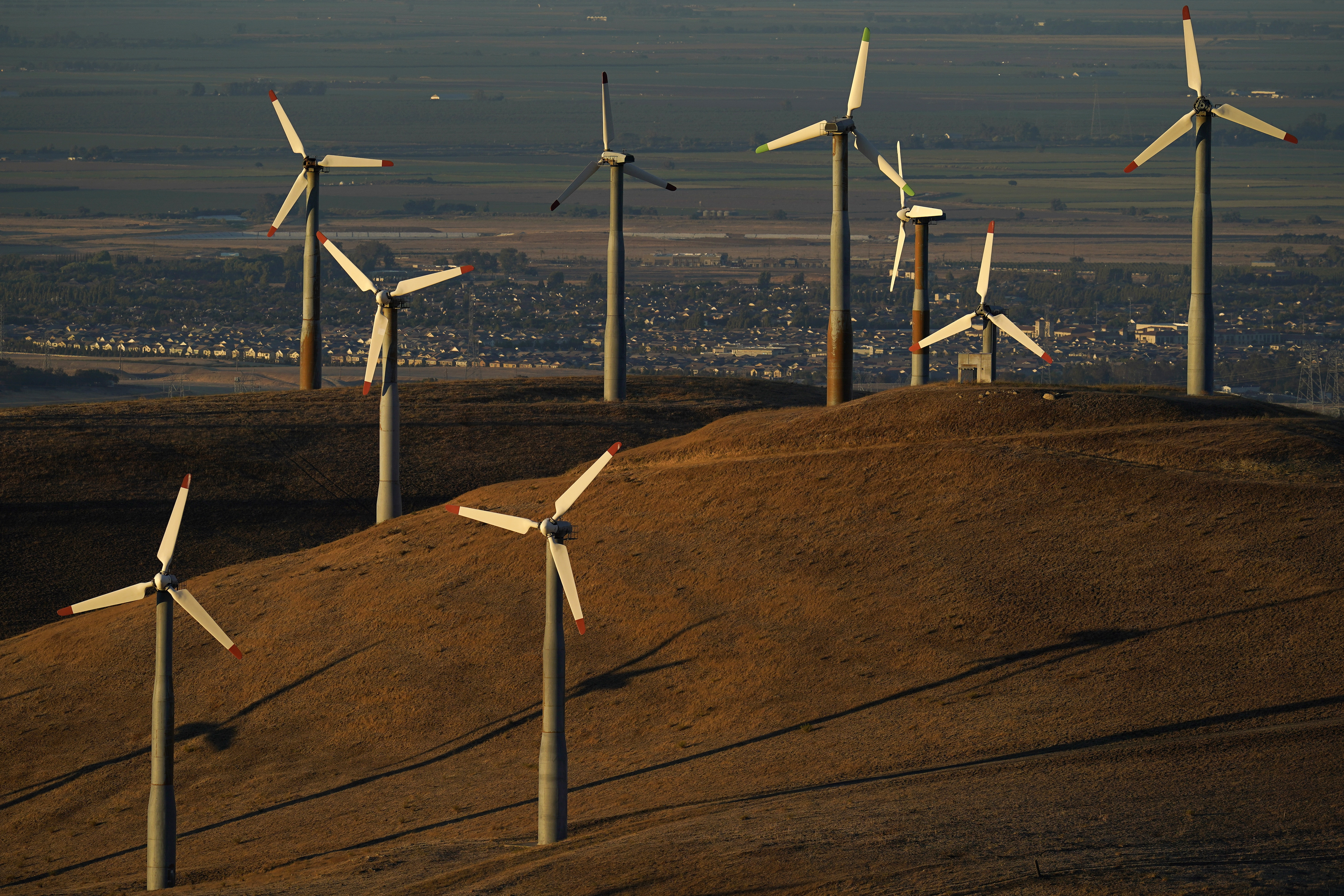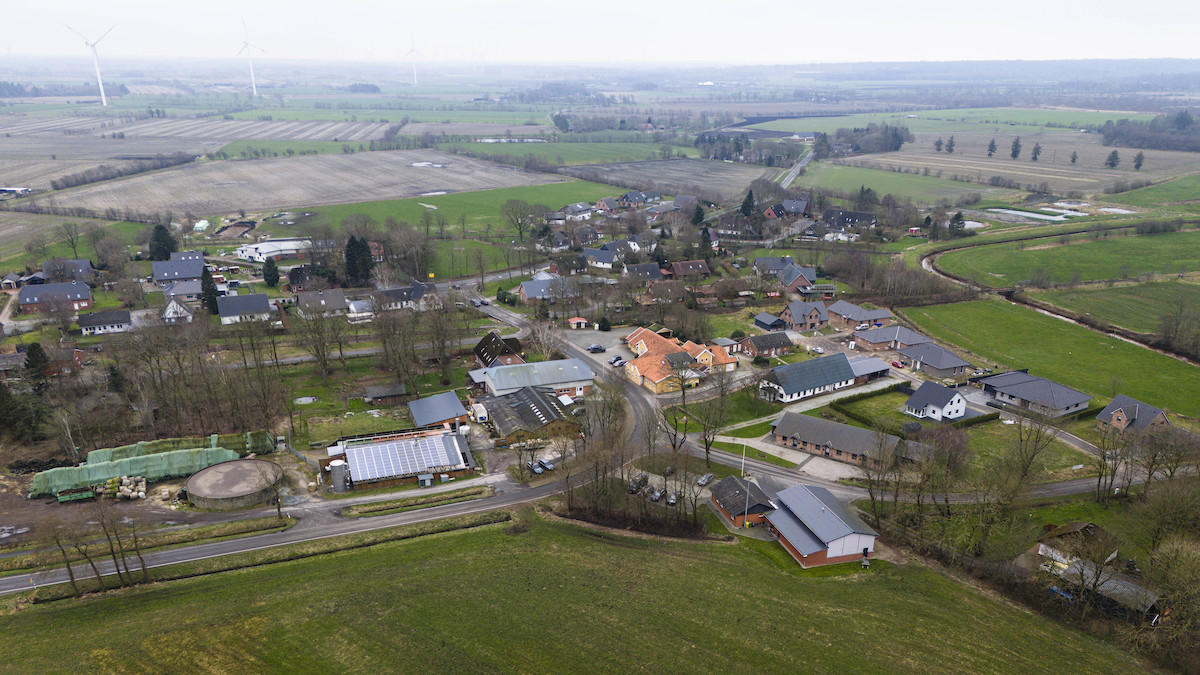It’s a common sight across the state: rows of suburban homes topped with solar panels.
But as California works toward its ambitious clean energy vision, an almost counterintuitive challenge has emerged: The state is, at times, generating more solar energy than it can handle. It’s to the point where loads of clean energy are going to waste.
Watch NBC6 free wherever you are
The phenomenon, which other states are likely to run into as they ramp up their own solar production, has been dubbed the “duck curve.” The belly of the duck is the time of day when solar production can exceed demand. Because solar energy relies on the sun, the curve is often most pronounced on sunny days during the spring, when not as many people are using power and running their air conditioning.
“We get into certain times of the year, in the springtime particularly, when the demand for electricity isn’t that high yet, and we have quite a bit of solar production where, under certain conditions, we actually have more than California can actually use,” said Elliot Mainzer, the CEO of California’s Independent System Operator, which manages 80% of the state’s electricity flow.
Get local news you need to know to start your day with NBC 6's News Headlines newsletter.
“Under those conditions, we take advantage of the significant amount of transmission connectivity that we have to other parts of the West, and we export a lot of that energy for other utilities around the Western United States,” he said.
“And under certain extreme conditions, we actually have to curtail it and turn it off,” he added.
According to Independent System Operator data, in recent years, the amount of renewable energy curtailed, or wasted, has skyrocketed from both oversupply and so-called congestion, when there’s more electricity than the transmission lines in some areas can handle. So far this year, the state has lost out on nearly 2.6 million megawatt-hours of renewable energy — most of it solar — more than enough to power all the homes in San Francisco for a year.
Mainzer said adding transmission lines would help increase the flow of electricity throughout the state and is advocating for permitting reform to make that happen
“When you build a new solar project or you build a new battery or a new wind project or a new geothermal resource, if you don’t have transmission lines available to access that and deliver it to customers, that generation is basically an island. It’s stranded,” he said.
Gov. Gavin Newsom’s administration has also been pushing to add more batteries to store that excess energy for use during peak-demand times. And state regulators with the California Public Utilities Commission have taken a more controversial approach: drastically cutting financial incentives for homeowners looking to install solar.
The move has outraged many in the rooftop solar industry, like Ed Murray, the president of the California Solar and Storage Association, who operates Aztec Solar outside Sacramento. The changes, he said, have been devastating for his business. He said he has laid off 10 employees over the last year.
“Sales went flat, because nobody wanted it anymore,” Murray said. “It was not productive or cost-effective to do solar, and we were left figuring out what do we do now.”
According to the California Solar and Storage Association, residential solar installations have dropped by 66% in the first quarter of 2024 compared with the same period in 2022. The trade group estimates that since the state changed the incentive structure, known as net metering, 17,000 green jobs have been lost statewide.
To make it cost-effective with the state’s new incentives, homeowners now need to install batteries in addition to solar panels, but that can cost an additional $10,000 to $20,000 or more.
“It’s an easy fix, but it’s an expensive fix,” Murray said. “Because people don’t want to or they can’t afford batteries, unfortunately.”
In a statement, Newsom defended the state’s policies, saying that already this year the state has had nearly 100 days when clean energy has exceeded 100% of demand for some part of the day.
“No other state in America comes close to California’s solar production,” he said. “We’re generating nearly twentyfold the amount of solar as we were a decade ago, powering millions of homes with clean energy. And now we’re adding more batteries faster than ever to help capture that energy to use at night.”
Supporters of the state’s change to the incentives also point to equity concerns, arguing that a shift to solar can raise the cost of energy for those who don’t have it or can’t afford it.
In making the announcement in 2022, Public Utilities Commission member John Reynolds said net metering “has left an incredible legacy and brought solar to hundreds of thousands of Californians, but it is also profoundly expensive for non-solar customers and was overdue for reform.”
Murray disputes that argument and says most of his clients have made annual salaries of $50,000 to $60,000, often financed through loans at a time when interest rates have also skyrocketed.
Given California’s role as a leader in solar energy, Murray believes other states are watching and may follow suit.
“I’m hearing from Florida, Arizona, Minnesota, Massachusetts that they’re looking at copying the rules, that they’re going to change the rules of the game,” he said. “They’re upset because it’s going to hurt across the board.”
“As we go, California goes, so, usually, does the rest of the country,” he added.
It’s an example that as California goes all in on its historic clean energy transition — with a goal of achieving 100% clean energy by 2045 — new challenges are casting a shadow on the path to a renewable future.
“No way we’re going to get there without rooftop solar,” Murray said. “Electric vehicles, heat pumps, electric range tops — this is not going to happen without solar. Period.”
This story first appeared on NBCNews.com. More from NBC News:



